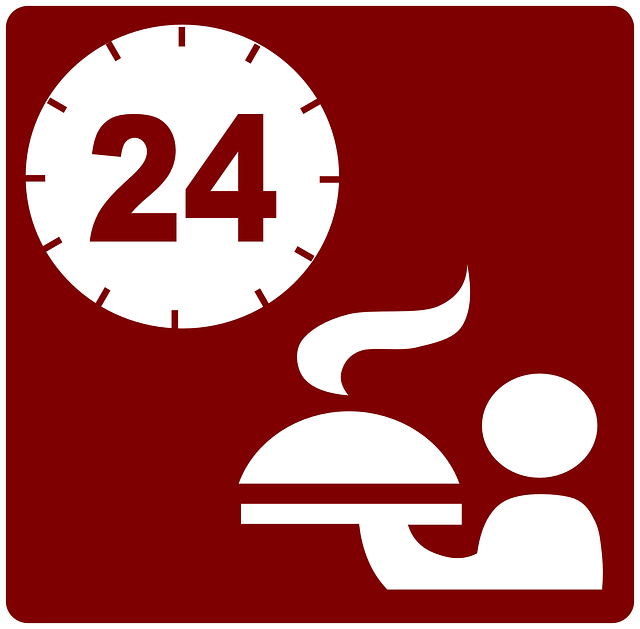The Schema for Medical Services is a structured system that organizes healthcare information, boosting accessibility for patients and search engines. By implementing detailed local schemas for providers with addresses, contact details, and specialized services, healthcare organizations ensure accurate and consistent representations of their offerings. This enhances online visibility, especially in competitive markets, through rich snippets showcasing service details. Choosing the right schema structure is crucial for precise search engine comprehension, leading to better patient engagement and satisfaction. Regular updates by a knowledgeable team are vital to maintain its effectiveness, ensuring medical services stand out in search results.
Implementing schema markup, a structured data format, enhances visibility and context for service-based content, crucially improving search engine optimization (SEO) for medical practices. This article delves into the benefits of schema for medical services, guiding you through understanding its role, choosing the right structure, integrating it into existing systems, enhancing SEO, and maintaining up-to-date schemas. By adopting these best practices, healthcare providers can ensure their online offerings stand out, attracting more patients through improved search rankings.
- Understanding Schema and its Role in Content Organization
- Benefits of Implementing Schema for Medical Services
- Choosing the Right Schema Structure for Your Practice
- Integrating Schema into Existing Systems and Platforms
- Enhancing Search Engine Optimization with Schema Markup
- Best Practices for Maintaining and Updating Medical Service Schemas
Understanding Schema and its Role in Content Organization

Schema, at its core, is a structured system that organizes and categorizes information in a way that’s easily understandable by both humans and machines. In the context of medical services, schema serves as a powerful tool for content organization, helping to streamline the vast amount of data related to various treatments, specialists, and healthcare providers. By using Schema for Medical Services, healthcare organizations can ensure consistent and precise representation of their offerings, making it easier for potential patients to find relevant information.
For instance, Local Schema for Providers enables detailed descriptions of medical facilities, including addresses, contact details, opening hours, and specialized services offered by individual dentists or doctors. Structured Data for Services, implemented through schema, allows search engines to comprehend the context and significance of each piece of content, thereby enhancing visibility in search results. This level of organization not only improves accessibility but also fosters trust among patients seeking specific dental or medical care, like Schema for Dentists, ensuring they find accurate and up-to-date information.
Benefits of Implementing Schema for Medical Services

Implementing schema for medical services can significantly boost the online visibility and accessibility of healthcare providers. By adding structured data to websites, search engines like Google can better understand the context of medical offerings, enabling them to display more relevant results to patients seeking specific treatments or services. This is particularly beneficial in competitive markets where patients rely on digital platforms to find local specialists, such as dentists or therapists.
Schema markup for healthcare professionals allows detailed information to be displayed in rich snippets, including location, contact details, and specialized services offered. For instance, a local dentist’s website optimized with schema can show up as a featured snippet when someone searches for “dentists near me,” increasing the chances of attracting new patients. Similarly, therapists can leverage schema markup to highlight their areas of expertise, therapeutic approaches, and accessibility options, fostering trust and encouraging prospective clients to choose their practice over competitors (including those that lack optimized online presence).
Choosing the Right Schema Structure for Your Practice

Choosing the right schema structure is pivotal when enhancing visibility and context for service-based content, especially in the medical sector. The Schema for Medical Services plays a crucial role in assisting search engines in understanding your offerings accurately. It’s akin to crafting a detailed map of your business, highlighting various services and their unique attributes. This structured data ensures that when potential patients search for specific medical services or local providers, your practice appears prominently in relevant results.
When structuring schema for your medical practice, consider using the Local Schema for Providers, which includes information like address, operating hours, and contact details. Additionally, implementing Structured Data for Services allows you to outline detailed descriptions, price ranges, and eligibility criteria. By utilizing Schema Markup for Business Types, search engines can accurately categorize your practice, improving its visibility in local searches and making it easier for the right audience to find your services.
Integrating Schema into Existing Systems and Platforms

Integrating schema into existing systems and platforms is a strategic step for medical service providers to enhance their online visibility and improve patient engagement. By utilizing structured data markup, such as Schema for Medical Services, dentists, therapists, and other healthcare professionals can ensure their content is understood by search engines and displayed in a rich, informative format. This process involves carefully mapping out the existing platform’s data structure and identifying relevant information to mark up, including service types, pricing, availability, and patient reviews.
For instance, a local dentist’s website can leverage schema markup to highlight specialized procedures like teeth whitening or root canals, making it easier for prospective patients to discover their unique offerings. Similarly, therapists can utilize schema to showcase different therapeutic approaches, ensuring potential clients quickly grasp the range of services available. By implementing local schema for providers, healthcare businesses can also improve their search engine rankings and attract a more targeted audience, ultimately leading to better patient outcomes and increased satisfaction.
Enhancing Search Engine Optimization with Schema Markup

Implementing schema markup is a powerful strategy to boost the visibility and accessibility of your service-based content in search engine results. By adding structured data, such as Schema for Medical Services, you provide search engines with valuable context about your offerings. This, in turn, can significantly enhance your Search Engine Optimization (SEO) performance.
Schema Markup for Business Types allows you to highlight specific details about your medical services, including business locations, available hours, and even patient reviews. For instance, using Local Schema for Providers, you can ensure that your clinic’s information is accurately displayed in local search results, making it easier for potential patients to find and connect with your practice. This structured data plays a crucial role in standing out from competitors, as search engines prioritize delivering relevant and detailed results to users.
Best Practices for Maintaining and Updating Medical Service Schemas

Maintaining and updating medical service schemas is a critical task that requires careful consideration and adherence to best practices. To ensure the Schema for Medical Services remains effective, it’s crucial to appoint a dedicated team or individual responsible for regular reviews and updates. This person should be well-versed in both medical terminology and structured data standards, such as Schema Markup for Business Types. They must stay current with industry changes, new procedures, and emerging medical services, integrating these into the schema accordingly.
Implementing Structured Data for Services is not a one-time task but an ongoing process. The team should gather input from various stakeholders, including medical professionals, content creators, and IT specialists, to ensure the schema accurately reflects the latest practices. For specialized fields like dentistry, a tailored Schema for Dentists can be developed, enhancing search visibility and providing rich snippets of information to potential patients. Regular audits and testing are essential to validate the schema’s accuracy and effectiveness in enhancing online presence and context for medical services.
